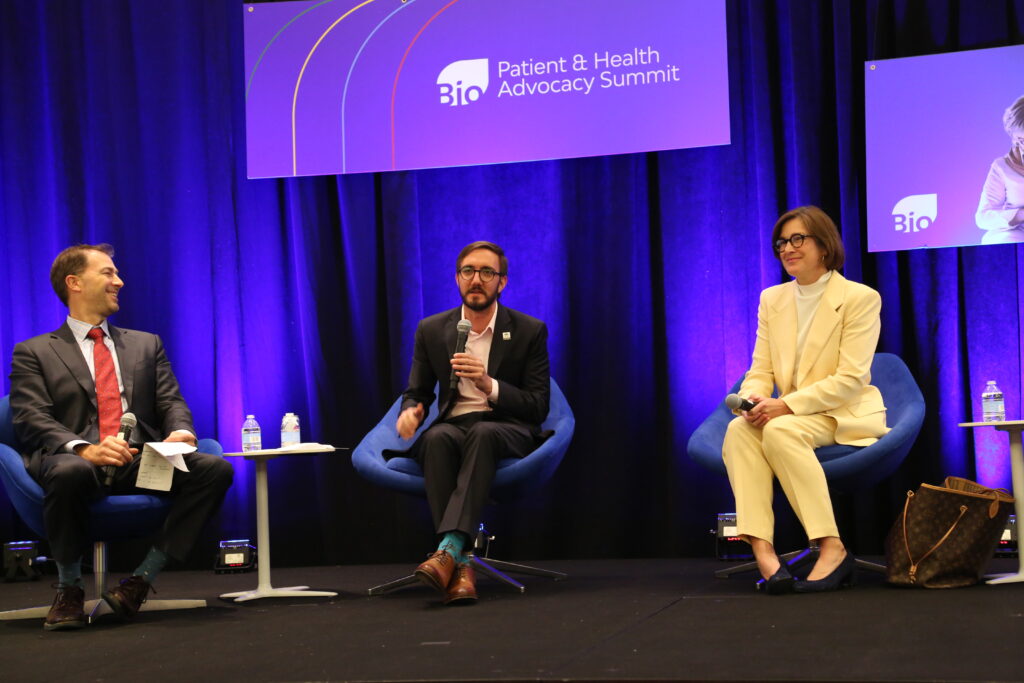With the midterm elections less than two weeks away, and a new Congress beginning in just about two months, lobbying and educating Members of Congress, especially new freshmen, is top of mind for advocacy organizations. But how can patient advocates best engage with new Members of Congress effectively? And what does lobbying even look like in post-pandemic Washington?
At the Biotechnology Innovation Organization (BIO) Patient & Health Advocacy Summit on Oct. 27, patient advocates shared perspectives on how to most effectively represent patients’ interests before federal legislators, with two panels focused on engaging and working with freshman Members of Congress and the future of advocacy days.
Bio.News caught up exclusively with some of the participating panelists to hear directly from them on best practices for lobbying and advocacy and how patient advocates can best get the attention of lawmakers.
Here is some of what they shared with us.
It’s all about relationships.
Eric Gascho, Senior Vice President, Policy and Government, National Health Council
Regarding engaging with freshmen Members of Congress, Gascho told Bio.News “a lot of the goals and tactics are pretty consistent as they are with any interactions you have with any other [Member] of Congress. It’s really making sure that you’re getting in front of them, showing them what your community looks like, what the impact of policy in Washington can have on yourself and your family, and on your community.”
“I think there are some unique challenges when it comes to freshmen [Members of Congress]; a lot of them are brand new to the policy field. It’s a lot of education, a lot of relationship-building.”
Create accessibility for patient advocates.
Sara Brown, Director of Government Affairs, Prevent Blindness
“As an organization that represents patients who live with vision loss or blinding eye conditions, we really learned about how to make visual accessibility in congressional meetings just really come together and work for the patients,” said Brown.
“One of the things that we’ve learned about the virtual space is how to create that level of virtual accessibility for patients by just a couple of small cues. Things like describing yourself and repeating your name can help a patient who lives with vision loss. This can really help them to feel seen and heard and that their issue was very well-understood.”
Plan ahead.
Jason Harris, Vice President, Government Relations & Advocacy, National Psoriasis Foundation
“We’re all moving through this evolution of everything virtual, and it is now hybrid. I’m super supportive of getting back in person. There’s nothing that’s going to replace those [in-person] interactions between members and your advocates, but [prior planning] – whether you are meeting in person or virtually – about the setup, structure, format, is really key. Overall, there are benefits to both [virtual and in-person meetings], and you can really get what you need done [in both formats].”
Tell patients’ stories.
Jenna Riemenschneider, Senior Director of Advocacy and Policy, Asthma and Allergy Foundation of America
“Fly-ins are a very effective tool no matter the size of your organization. However, [post-COVID-19], [our members and patients] can participate from their own homes, and they don’t have to take time off from work or school.”
Riemenschneider believes both grasstops and grassroots engagement are very important: “We use our board leadership [and] our chapter leadership to engage at that grasstops level. We really marry that with our grassroots advocacy, [which is] so important to [for] having that patient perspective and constituent voice, since offices remember those stories, and some of our patients have incredible stories of resilience. The patient voice is critical.”




